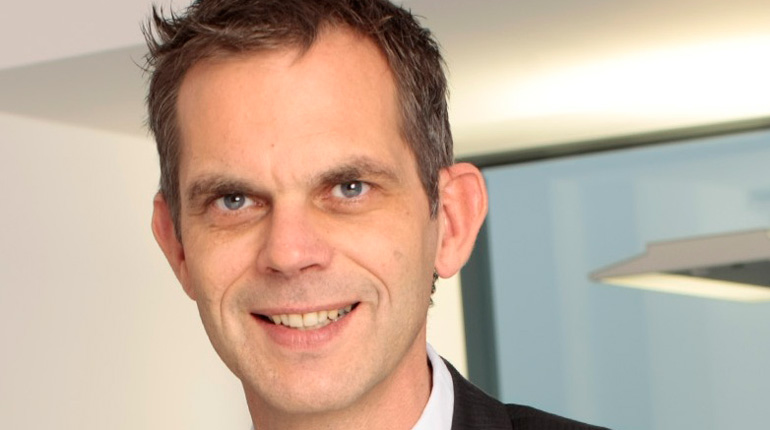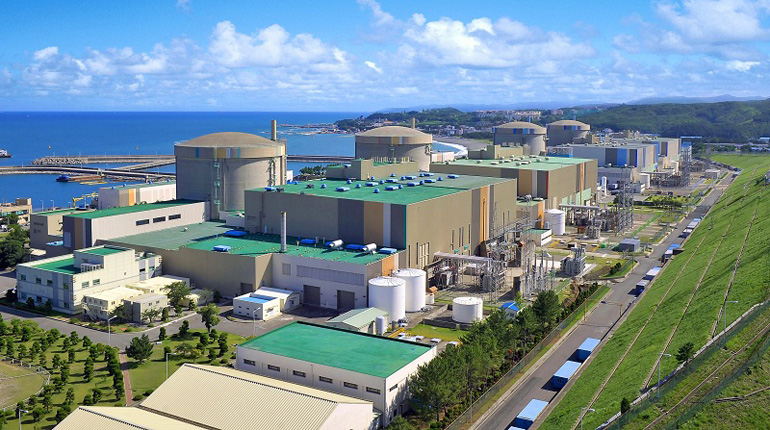 Jan Tellkamp, principal consultant and business development leader for small-scale LNG and LNG bunkering at DNV GL. (DNV GL)
Jan Tellkamp, principal consultant and business development leader for small-scale LNG and LNG bunkering at DNV GL. (DNV GL)
Investors are holding back on small-scale LNG projects because of low oil prices and high entrance costs, Jan Tellkamp, principal consultant and business development leader for small-scale LNG and LNG bunkering at DNV GL, tells Interfax Natural Gas Daily.
Natural Gas Daily: What are the main drivers for small-scale LNG development in Europe?
Jan Tellkamp: There are three main market drivers for LNG demand in different regions in Europe. There is compliance with emission control regulation (sulphur) in the North Sea and Baltic Sea. In southern Europe – in the European part of the Mediterranean – it is more the availability of LNG. And in the Iberian Peninsula, it is the existing and underutilised full-scale LNG infrastructure.
In addition, LNG is seen as independence from pipeline gas. This new push is helpful in my opinion as it bundles consumers and increases the utilisation of existing infrastructure.
NGD: How about investment – where is that being concentrated?
JT: In terms of investment, the Baltic region and Finland are clearly interesting. There are currently three small-scale LNG projects in Finland under development that are being co-developed by the European Commission for domestic energy supply – and of course those projects look to supply ships as well. The strategy for most of these projects is also to bundle demand.
NGD: Are investors looking for larger investments than just single LNG-fuelled ships? What role do local industry and downstream buyers play for investors?
JT: The cost barriers to enter the market are rather high because the handling costs of LNG are higher. Bundling consumers is thus very useful for investors. What I see, particularly in Germany, is that investors shy away from the high investment costs and they don’t look into other markets they could serve as well. There is only Gazprom and the port of Rostock [in Germany] that have a clear strategy to bundle demand for shipping and for trucks to distribute and split the entry costs.
Another good example is the port of Brunsbüttel [in Germany], which is trying to attract investors by bundling demands for shipping and industrial use.
NGD: You have mentioned the Rhine-Danube region as a potential market. Why is the region interesting to investors?
JT: Obligations under the new EU Security of Gas Supply Regulation require transport system operators to provide gas in case of supply disruptions, and storage for this extra gas is an issue in parts of Europe – for example in southern Germany. One option in that case is LNG. The storage tanks holding this extra amount of gas could be supplied by river or by train.
NGD: To what extent is the low oil price stopping investments, and at what price would it make sense to switch to LNG as a shipping fuel?
JT: It is a serious show stopper – it is seriously slowing down projects. The cost benefit of gas is not there at the moment because the cost spread is not there between gas and oil.
For shipowners, they would face only higher capex costs. The tank and the gas-powered engine is more expensive than normal engines and doesn’t have the advantage of cheaper opex as the oil price is low at the moment.
Nevertheless, the Swiss-based cruise line company MSC has just ordered four giant cruise vessels running on LNG, following Carnival’s order from last year. This shows that they are thinking in the long term.
NGD: North Africa is so far excluded from EU emissions regulations. To what extent is this causing ships to avoid European ports and divert to African ports instead, and could EU regulations extend to Africa soon?
JT: The EC sulphur directive will limit the sulphur content of shipping fuel in European Exclusive Economic Zones outside the emission control areas [ECAs] to 0.5% from 2020. The second step, which is under preparation, is to close the gap between the European and the African parts of the Mediterranean. Two things might happen: either in 2020 the International Maritime Organization decides to introduce 0.5% sulphur content as a global sulphur cap, or it does not. And if the IMO doesn’t do it, the commission will introduce 0.5% in European waters and they will certainly try to negotiate with North African countries for them to do the same.
NGD: Shipping and aviation were excluded from the COP21 climate deal in Paris. Do you expect a global agreement on shipping emissions?
JT: Possibly. Shipping is a very conservative industry, but shipowners might accept changes that are international. Regional moves, in Europe or in the Far East for example, are something shipowners don’t like. I can imagine that shipping might be put back on the agenda for the next UN COP meeting.
China has committed to introducing a test ECA for sulphur and has said it will monitor what the effects will be on health and the environment.
If an ECA were introduced it would mean shipowners would have to switch from traditional fuel to low-sulphur fuels in the area. They might then start to consider operating their ships on low-sulphur fuels for the full distance. This would also increase the demand for LNG in Europe because the ships going to China have to bunker in Europe.








Talk to us
Natural Gas Daily welcomes your comments. Email us at [email protected].